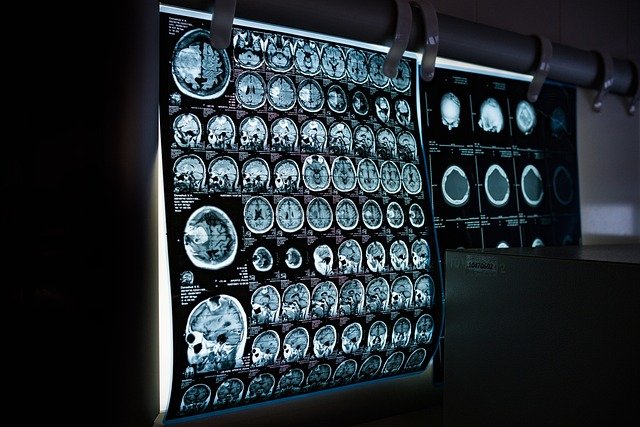Advancements in Car Safety: The Journey from Seatbelts to Advanced Driver Assistance Systems
Introduction: From simple seatbelts to high-tech driver assistance systems, the evolution of car safety features has been groundbreaking. This article will delve into the developments that have revolutionized the automotive industry, increasing safety on our roads and reducing traffic accidents.

A Century of Safety: The Early Innovations
The journey towards safer cars began in the early twentieth century. The first safety feature, the electric turn signal, was introduced in 1938. However, the real game-changer was the introduction of seat belts in the 1950s. Initially considered a luxury feature, it quickly became mandatory, significantly reducing injuries and saving countless lives.
The Rise of the Airbag: A Revolution in Safety
In the 1970s, another significant development took place: the invention of the airbag. Designed to cushion the impact and protect passengers during a collision, airbags have become a standard fixture in all modern vehicles. They have undergone continuous improvements over the years, with the integration of side and curtain airbags now offering comprehensive protection.
From Passive to Active: The Shift Towards Proactive Safety
While seatbelts and airbags are considered passive safety features, the industry began to focus more on active safety measures from the 1990s onwards. Anti-lock braking systems (ABS) and electronic stability control (ESC) were introduced to help drivers maintain control of their vehicles under challenging conditions.
Advanced Driver Assistance Systems: The Future of Car Safety?
The latest development in car safety is the introduction of Advanced Driver Assistance Systems (ADAS), which use technology to aid drivers. These systems include features like automatic emergency braking and lane-keeping assist, which can prevent accidents before they occur.
The Road Ahead: Challenges and Opportunities
Despite these advancements, there are challenges to be addressed. The increased complexity of safety systems has sparked debates about driver reliance on technology. Furthermore, while these features are becoming more common in newer vehicles, there is a vast number of older cars on the road without them. However, the potential for further developments remains vast, promising an even safer future for drivers and passengers.
In conclusion, the evolution of car safety features has been monumental, from the introduction of seatbelts and airbags to the development of advanced driver assistance systems. As the industry continues to innovate, we can look forward to a safer driving environment in the future.



